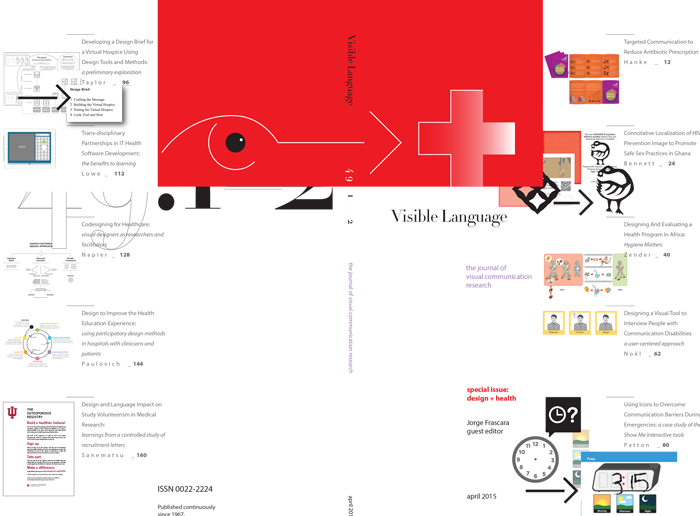Design and Language Impact on Study Volunteerism in Medical Research: learnings from a controlled study of recruitment letters
Abstract
Research on human subjects in health and medicine is a necessary part of studies ranging from taking online surveys (less invasive) to taking blood draws (more invasive). Without them, our ability to learn about and improve health is limited. However, recruitment for such studies is difficult. Patient registries aim to speed up scientific advancement by reducing the time and effort spent to recruit participants by maintaining a cadre of ready volunteers. Invitation by mail is an effective route to approach a large number of potential registry volunteers at relatively low cost. Our research question was whether the letter recipients' response (by signing up on the patient registry) to the invitation could be increased by "perking up" the letter content using 1) more motivational language, and 2) enhancing the graphic design of the invitation. We tested four models and sent them out to 10,000 recipients. Our results showed that in this application, a conventionally worded and typeset letter is more effective in recruiting altruistic volunteers than one that uses motivational language or modernist design principles. This has implications for how designers apply their skills in this context.Downloads
Published
2015-04-01
Issue
Section
Journal Article

